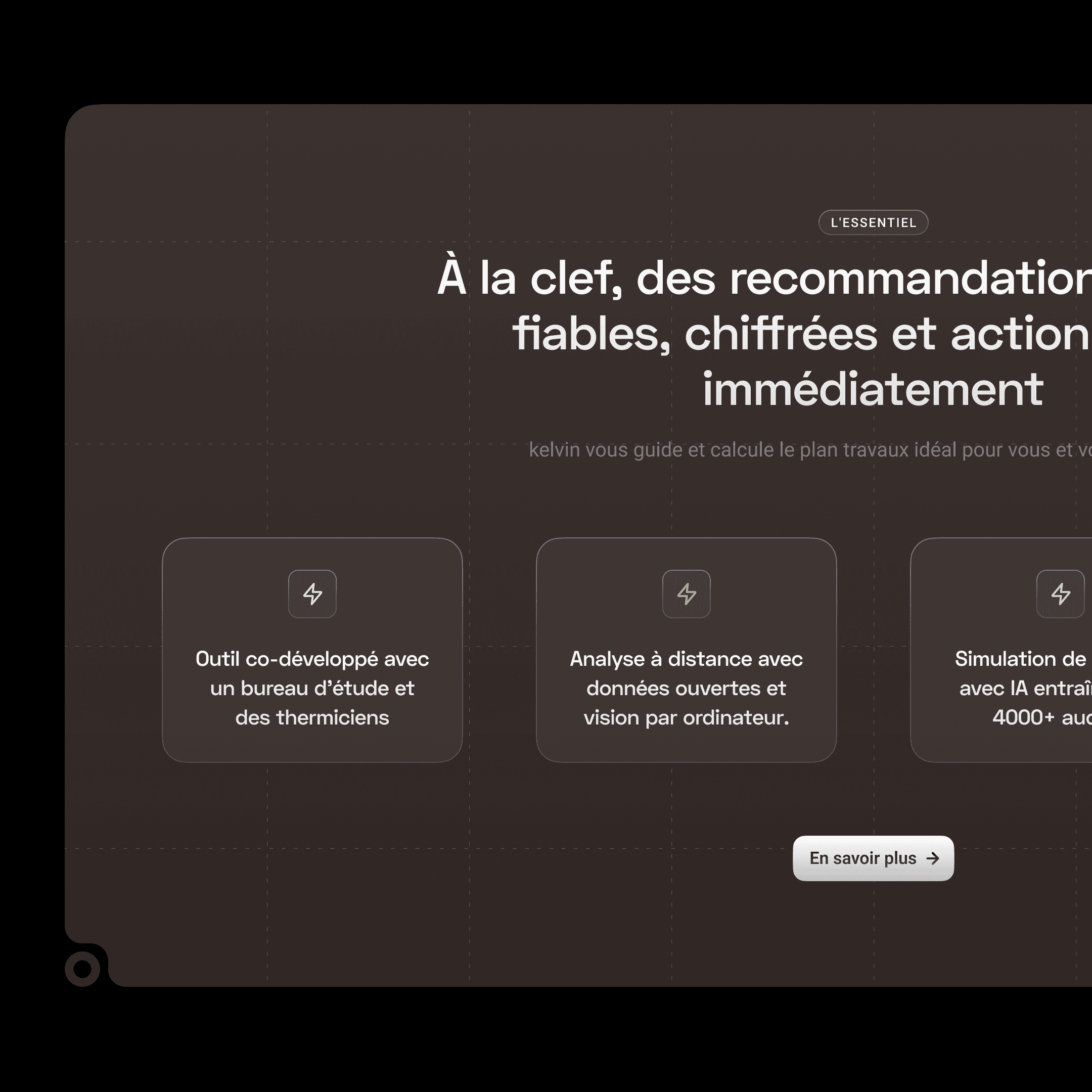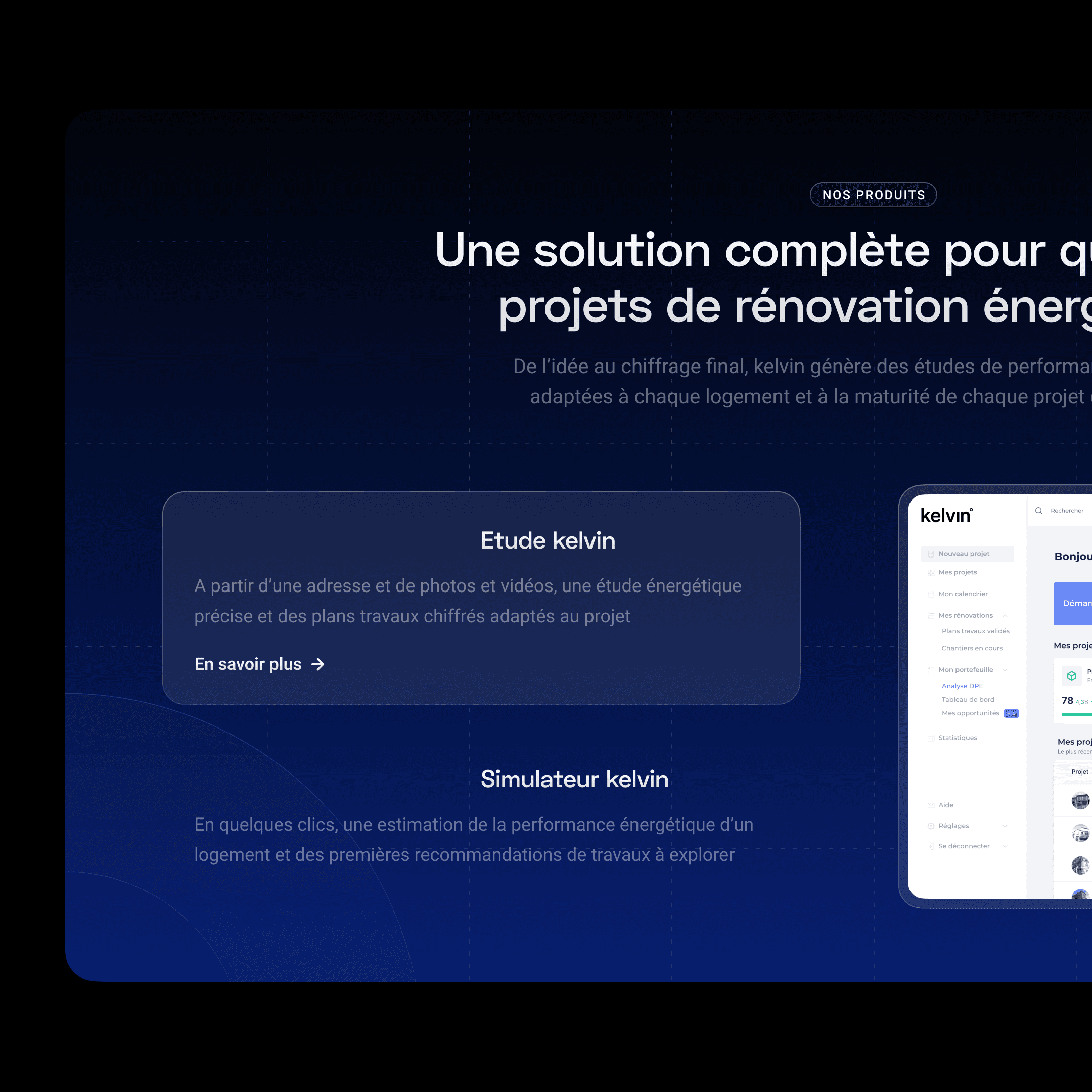The Impact of High-Quality Design on Product Adoption and User Retention
In today’s tech ecosystem, where competition is relentless and attention spans are shorter than ever, companies need more than just a strong product to succeed. High-quality design has become a critical differentiator, influencing everything from a user’s first impression to their decision to stick around long-term. This isn’t just about making something look good; it’s about building an experience that feels intuitive, seamless, and delightful. Done right, design is a force multiplier, driving product adoption and user retention in ways that functionality alone cannot achieve.
1. The Power of First Impressions
Users today make snap judgments, and these judgments often determine whether they’ll stick around. Studies show that it takes just 50 milliseconds for a user to form an opinion about a digital product. In that blink of an eye, users decide whether an app or website feels trustworthy, professional, and worth their time. High-quality design ensures that this first impression is a positive one, setting the stage for deeper engagement.
Imagine opening a new app. Within seconds, you’re evaluating everything: the color scheme, the typography, the spacing, the visual hierarchy. If the design feels outdated or cluttered, users may subconsciously associate it with low quality or poor functionality. Conversely, a clean, modern, and intuitive design communicates that the product is well-built and, more importantly, trustworthy. In this hyper-competitive environment, trust is everything.
2. User Experience (UX) Design: The Backbone of Adoption
Aesthetics are just one piece of the puzzle. High-quality design goes beyond the surface, diving deep into how users interact with the product. A seamless, intuitive user experience (UX) is paramount. If users can navigate the product easily, discover features naturally, and accomplish their goals without friction, they’re more likely to stick around and become loyal customers.
Consider the onboarding process—a critical moment for any product. An app that guides users through its features effortlessly and demonstrates value within the first few minutes creates a positive feedback loop. Users feel a sense of accomplishment and are motivated to continue exploring. On the flip side, a clunky onboarding experience with confusing navigation or unclear instructions often leads to churn. The reality is, most users will abandon an app if they can’t figure out how to use it effectively within the first few minutes.
3. The Intersection of Design and User Psychology
Design isn’t just about visuals; it’s deeply rooted in psychology. The best designers understand how users think, feel, and behave, leveraging this knowledge to create experiences that resonate on a subconscious level. By applying principles like Hick’s Law (the time it takes to make a decision increases with the number of options) and Fitts’s Law (the time to acquire a target is a function of the distance to and size of the target), designers can craft interfaces that reduce cognitive load and make interaction feel effortless.
For example, apps like Instagram and Airbnb don’t just look good; they’re designed with psychology in mind. Instagram’s UI encourages quick interactions—swiping, tapping, and scrolling—that align with the platform’s addictive nature. Airbnb, on the other hand, simplifies the booking process by minimizing the number of steps required, making it easy for users to move from browsing to booking. These apps leverage user psychology through design to enhance usability and create engaging, frictionless experiences that keep users coming back.
4. Building Emotional Connections Through Design
High-quality design has the power to create emotional connections. When users feel emotionally connected to a product, they’re more likely to become loyal customers and advocates. This emotional connection is often the result of thoughtful branding and user interface (UI) design. A brand that feels authentic and consistent across all touchpoints builds trust, while a visually appealing and consistent UI makes users feel comfortable and familiar with the product.
Take Apple as an example. Apple’s design philosophy is grounded in minimalism, attention to detail, and a deep understanding of user behavior. From the sleek hardware design of their products to the intuitive software experience, everything is crafted to evoke a sense of quality and exclusivity. When you use an Apple product, there’s a feeling of luxury and satisfaction that’s hard to replicate. It’s no accident that Apple has one of the highest customer retention rates in the tech industry—design is at the heart of their strategy.
Startups can apply the same principles by investing in brand identity and cohesive design systems from the start. Consistent visual elements, thoughtful animations, and personalized touches can help create that sense of familiarity and comfort that makes users want to keep engaging with the product. When users feel an emotional attachment, they’re more forgiving of occasional bugs or issues because they see the brand as something more than just software; it’s an experience they value.
5. Design-Driven Differentiation in Crowded Markets
In markets where products are functionally similar, design becomes a key differentiator. Think about the ride-sharing industry. Both Uber and Lyft offer similar services, but their design philosophies are different. Uber’s UI is bold, straightforward, and minimal, which conveys efficiency and speed. Lyft, on the other hand, incorporates more playful elements, using bright colors and fun illustrations to create a sense of friendliness and approachability. Both companies understand that their users are seeking convenience, but they use design to appeal to different aspects of their user base’s emotions and preferences.
For startups, this is a crucial lesson. In any crowded space, products often have overlapping features. A ride-sharing app, a note-taking app, or even an e-commerce platform may not have fundamentally different offerings from competitors. What can set them apart is design. An app that feels cohesive, delightful, and easy to use—while also standing out visually—can be the difference between becoming a market leader or a forgotten competitor.
6. Retention Through Iterative Design and User Feedback
High-quality design isn’t static; it evolves based on user feedback and data. Companies that prioritize design as a central part of their product strategy often implement a process of continuous improvement. This means not just designing for launch but designing for long-term growth. Monitoring user behavior, conducting usability tests, and gathering feedback are all critical elements of a design-driven approach.
Slack is a prime example of how iterative design enhances retention. The team at Slack regularly updates the platform based on user feedback, fine-tuning everything from the onboarding process to the micro-interactions that make the product feel more responsive and engaging. They understand that even minor tweaks—like changing the placement of a button or improving the loading animation—can have a significant impact on user satisfaction and retention rates.
By incorporating user feedback into design decisions, companies can not only address pain points but also surprise and delight users with new features that enhance the experience. This approach fosters a sense of loyalty, as users feel their needs are being actively considered and met.
7. The ROI of High-Quality Design
It’s easy for startups to overlook the importance of design when focusing on getting a product to market quickly. However, this can be a costly mistake in the long run. High-quality design is not an expense; it’s an investment. It drives conversions, reduces churn, and creates brand advocates—factors that directly impact a company’s bottom line.
Airbnb’s success can be attributed, in part, to their commitment to design. Early in their journey, they invested in professional photography for hosts, recognizing that high-quality visuals would improve bookings. This decision was driven by a deep understanding of user behavior: people trust and engage with visually appealing content. As a result, Airbnb saw increased adoption rates, which ultimately contributed to their massive growth. Today, they continue to prioritize design across their platform, ensuring that every touchpoint reflects the same level of quality and consistency.
For startups, the ROI of investing in design might not be immediately visible, but it becomes apparent as the product gains traction. A well-designed product reduces the need for constant customer support, lowers the barrier to entry for new users, and increases the likelihood of word-of-mouth referrals—all of which contribute to long-term growth and profitability.
8. Design as a Cultural and Strategic Asset
Finally, it’s important to view design not just as a department but as a cultural and strategic asset. Companies like Google, Facebook, and Spotify have integrated design thinking into their core operations. This means design isn’t just something that happens in isolation; it’s part of the company’s DNA. Teams collaborate across functions—product, engineering, marketing—to create cohesive, user-centered experiences.
Startups should take note. By embedding design early on as a central pillar of the business, companies can create products that are not only innovative but also user-friendly and visually appealing. This approach requires building a culture that values design, giving designers a seat at the table during strategic discussions, and ensuring that every team understands the impact of their work on the overall user experience.
Conclusion
High-quality design is no longer optional; it’s essential for product adoption and user retention. In a competitive and fast-moving tech landscape, design is the differentiator that can make or break a product. It’s the first impression, the user experience, the emotional connection, and the reason users keep coming back. Companies that invest in high-quality design not only build products that people love—they build products that stand the test of time.
For tech startups and established companies alike, the lesson is clear: prioritize design, iterate based on feedback, and view it as a strategic advantage. In doing so, you’ll create a product that doesn’t just attract users but retains them, driving long-term growth and success.




